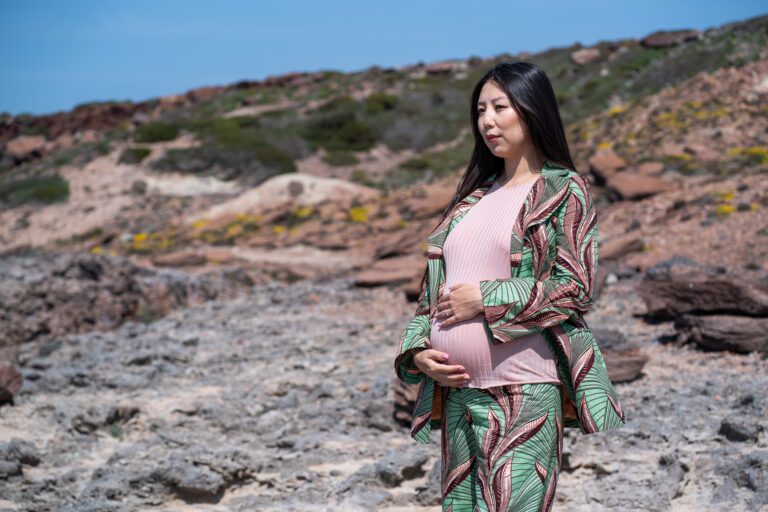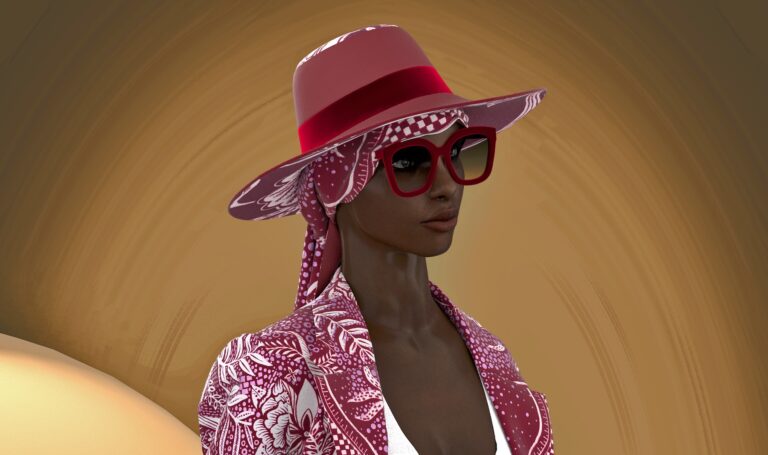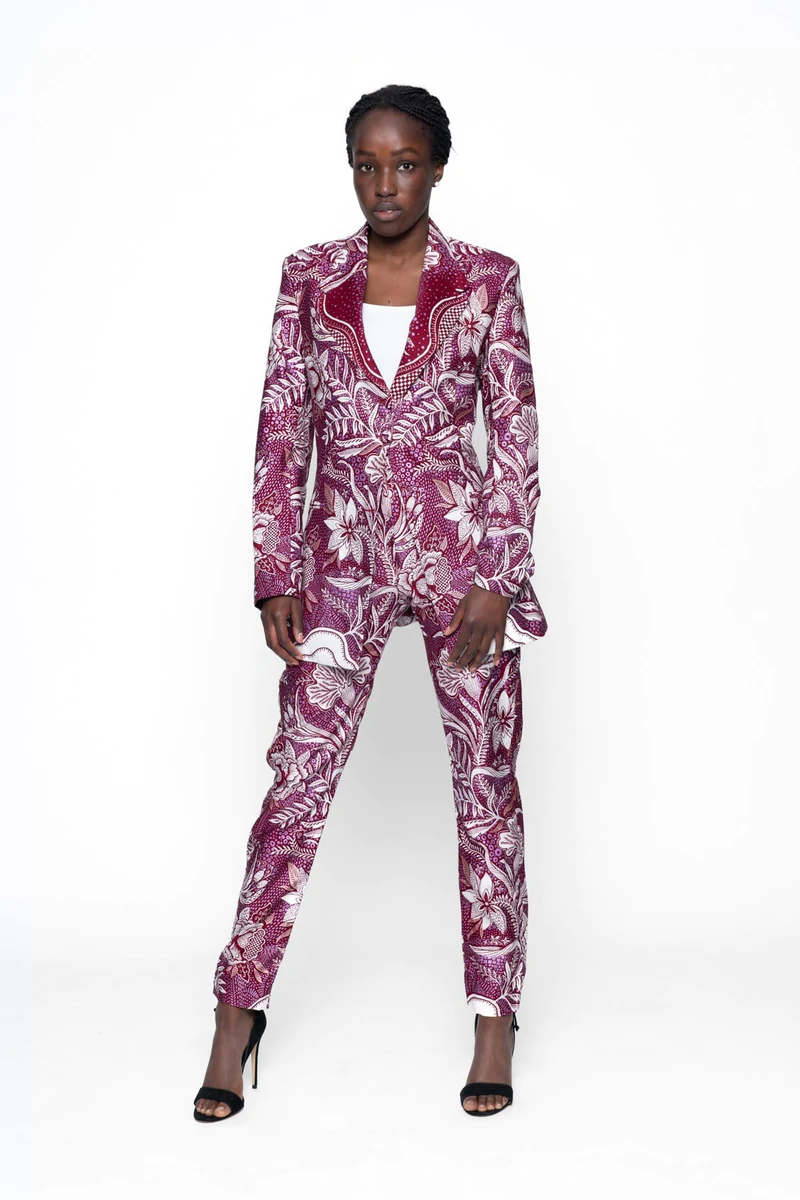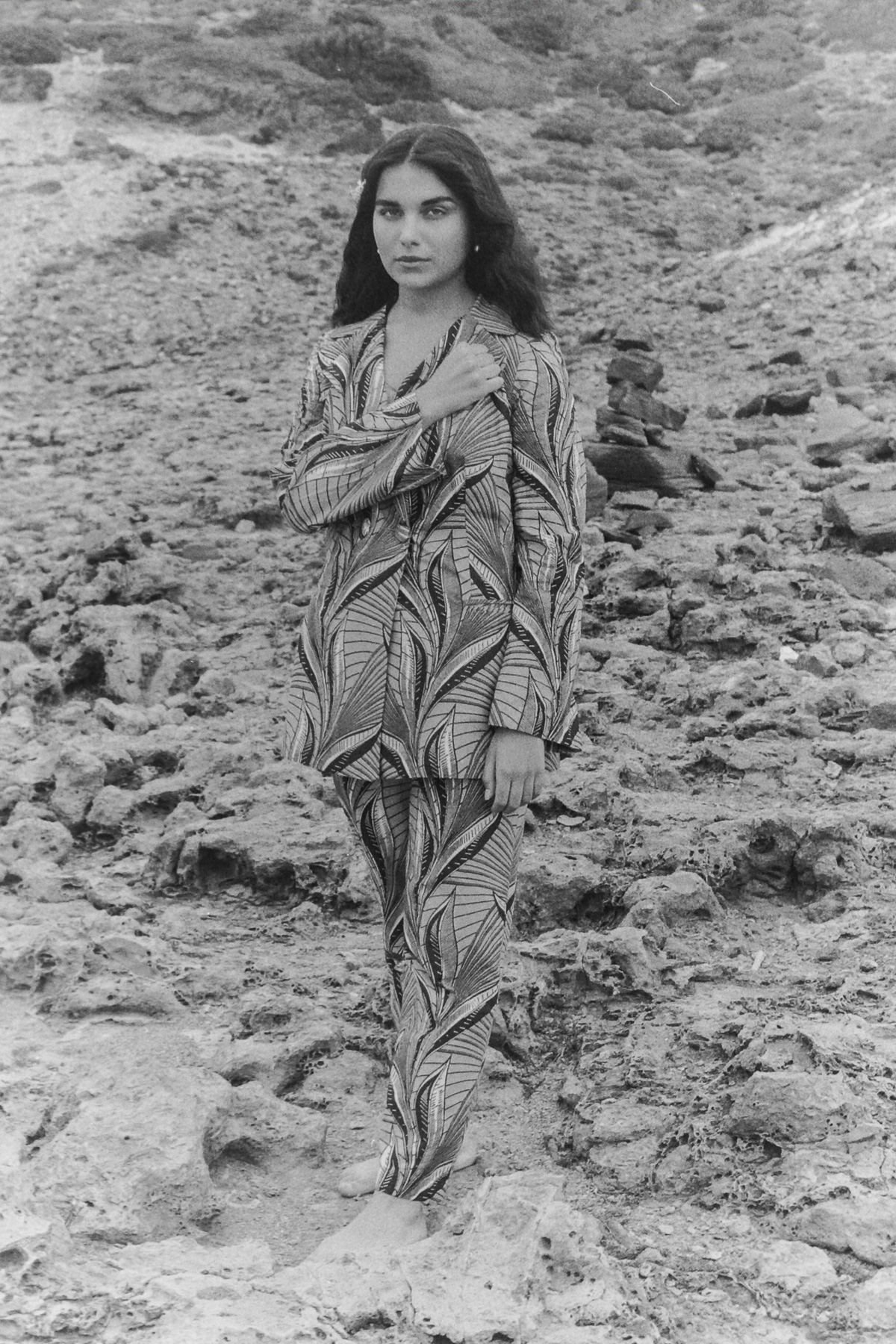“Slow down, they don’t love you like I love you”
This pandemic has drawn a line between fast fashion and what’s coming next, hastening the demise of a system that was already broken. In the last of our series, we look at how sustainability will be able to guide the fashion industry out of this turmoil and introduce a cultural transformation for brands and consumers, ushering in an era where they can both win. This is how we can build the solution.
A new kind of value
We need to stop valuing newness for its own sake. New doesn’t necessarily mean better. Once we decouple time from value, we can create new value through the type of materials used, the production process, and the creativity behind each piece. Looking at apparel through this lens will bring us back to the original meaning of the word “collection”: something precious, that we treasure and appreciate for a long time. Let’s replace the cycle of purchasing-using- and throwing away with one of repairing-restoring-collecting.
The house of Dior recently proposed a way forward when it showed its Resort collection in Puglia, in southern Italy in July — not in front of the usual international fashion pack, but to people who live in the area. Featuring textiles and lace handcrafted by local artisans, the collection shone a light on the work of the region’s craftspeople, something that creative director Maria Grazia Chiuri was determined to celebrate. “It’s important for the local people to understand the value of their tradition,” she told Vogue.
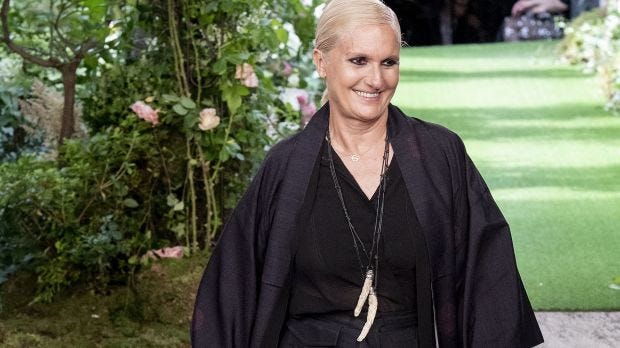
Listening to our customers
Digital tools will do more than lead people to purchase. Instead, they will be increasingly used as channels where customers can communicate their needs, and brands can listen and engage them in a new middle ground. The pandemic has accelerated this, with brands including Rebecca Minkoff asking their followers on social media for guidance on how to communicate at this time. While brands have been creating relevant content and entertainment for some time now, this will only grow, particularly when it comes to stories that build trust by pulling away the curtain to show how their products are created.
A new type of production model
Fashion will join the service industry, like the automotive and the hospitality sectors have already done. Instead of claiming ownership of something that already exists, consumers will be the beneficiaries of systems of service delivery through rental or on demand production. It is a market that is already growing. According to Global Data, the US apparel rental market was worth $1 billion in 2018, which was less than 1 percent of the total clothing market. But in the same year, it grew by 24 percent, dwarfing the 5 percent growth of the rest of the market.
Discounting won’t work
Now that customers have broken the fast fashion cycle and learned how to live without a constant stream of newness, discounting cannot be used as the trigger to buy anymore. Instead, the price of a garment needs to be driven by its intrinsic value. We envisage customers allocating money for what they really like, in terms of materials, creativity, and comfort. Businesses will have to accompany customers on this journey and open the door to the backstage of apparel to help customers appreciate real value.
The good news? None of this is beyond the realms of possibility. These trends — consumer demand for sustainable clothing, apparel rental, more meaningful communication, and a move away from discounting — have already been emerging; the pandemic has just given them added momentum. Together, we can develop a new culture that is no longer based on overconsumption.

